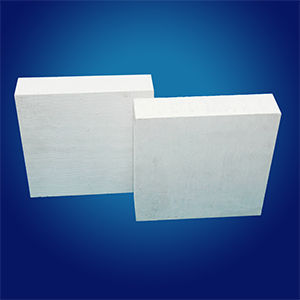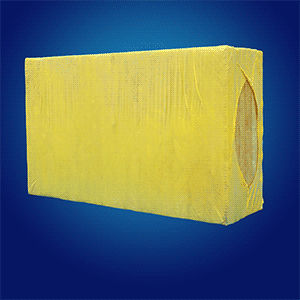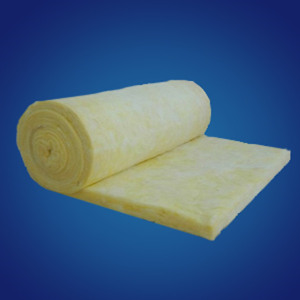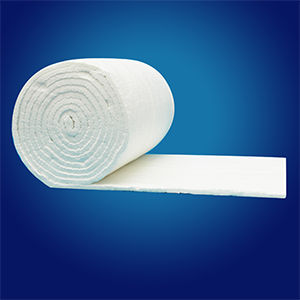
If you have any need for our products, please contact us in time
Contact Us
The relationship between rock wool board density and thermal conductivity
Posted by:Yolanda Date:15.Jun.2018
Rock wool board products have several decades development history in China. Due to the frequent fires in the construction and industrial fields in recent years, rock wool, A1 class insulation materials with excellent fireproof performance, is highly valued and respected by the industry. As we all know, in the thermal insulation material testing project, the thermal conductivity and density of the material are very important detection indexes. The thermal conductivity is a measure of the thermal performance of the material, and the density index is a better measure to judge whether the thermal insulation material is in technical requirements.
For fiber-based materials, the change of thermal conductivity is related to the diameter and orientation of the fibers and the density of the product. When the fiber diameter and fiber orientation are constant, too low or too high density rock wool is not obvious for the contribution of thermal insulation, and its optimal density distribution range is generally 80-120kg/m3. From the perspective of thermal insulation, for different system applications, some basic principles can be followed when selecting rock wool materials or researching rock wool products. Under the premise of satisfying the use requirements, the thermal conductivity should be reduced as much as possible, and the density should be within a reasonable range.
As we all know, the strength of rock wool products, especially tensile strength, is very important for wind pressure resistance. However, for rock wool used in the building insulation, there is a misconception in the market: For example, the external wall thermal insulation system, the higher density of rock wool products, the better mechanical strength. In order to enhance the mechanical strength, must improve the density of rock wool material. Therefore, in many local technical regulations or standards, the density requirements of the rockwool panels used in the external wall insulation system have been raised. As a result, excessively high density will inevitably cause the increase of the thermal conductivity, which will weak the the thermal insulation performance of the rock wool board, also brings inconvenience to the construction and installation. In fact, in the European market, the solutions to this problem have already emerged.
How can we obtain both higher mechanical strength and low thermal conductivity and reduce the density of rock wool boards?
In the European region, the development of rock wool started early and the technology level was leading. 80% of the rock wool products are used in the field of building insulation and they have mature application experience. In the field of roof and exterior wall insulation, Europe has developed and applied a product called Directional Rockwool Board that solves the problem of balance between mechanical strength, density and thermal conductivity of rock wool products. On the basis of a relatively low average density, the thermal conductivity is reduced as much as possible and can even be reduced by more than 10% without sacrificing the mechanical strength of the material. Directional rock wool board products have been widely used in Europe for the thermal insulation of roofing, exterior walls and other building envelope structures. Compared with the commonly used rock wool products, the weight can be reduced by more than 15%, so it will be more convenient in the handling process, the construction is more convenient, and the external wall load is also less.





